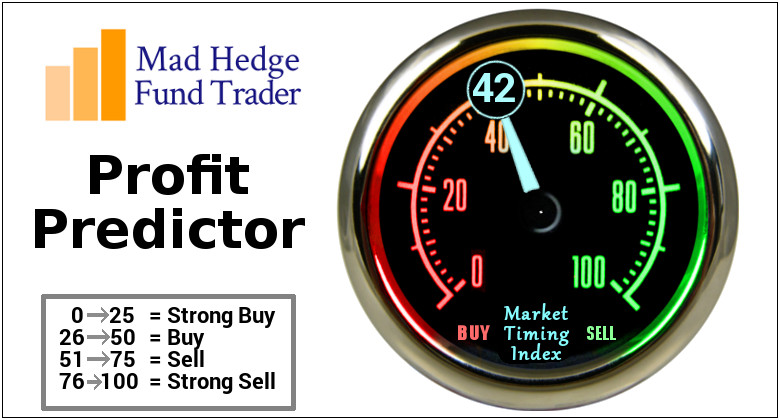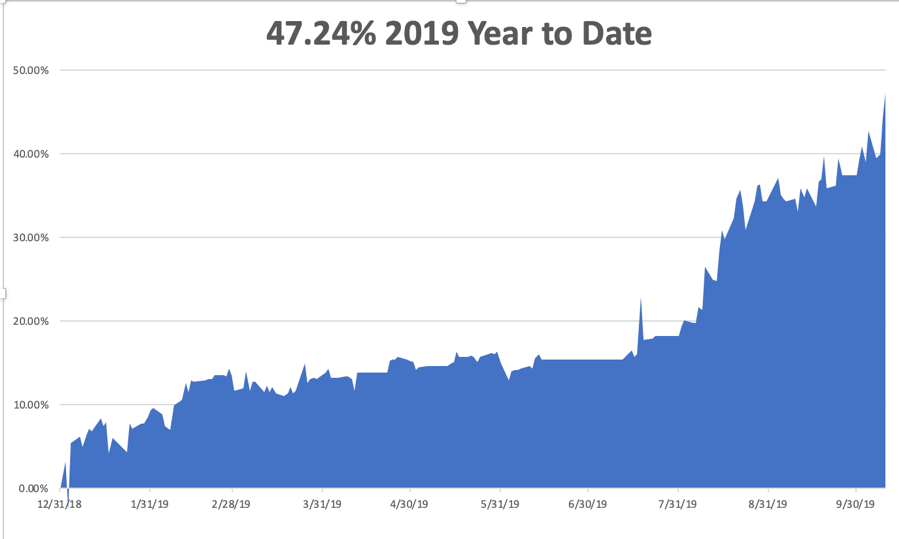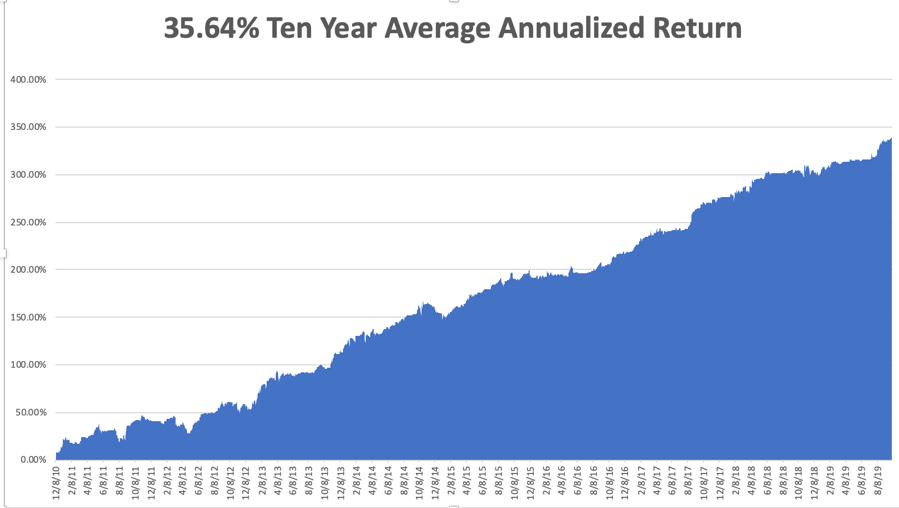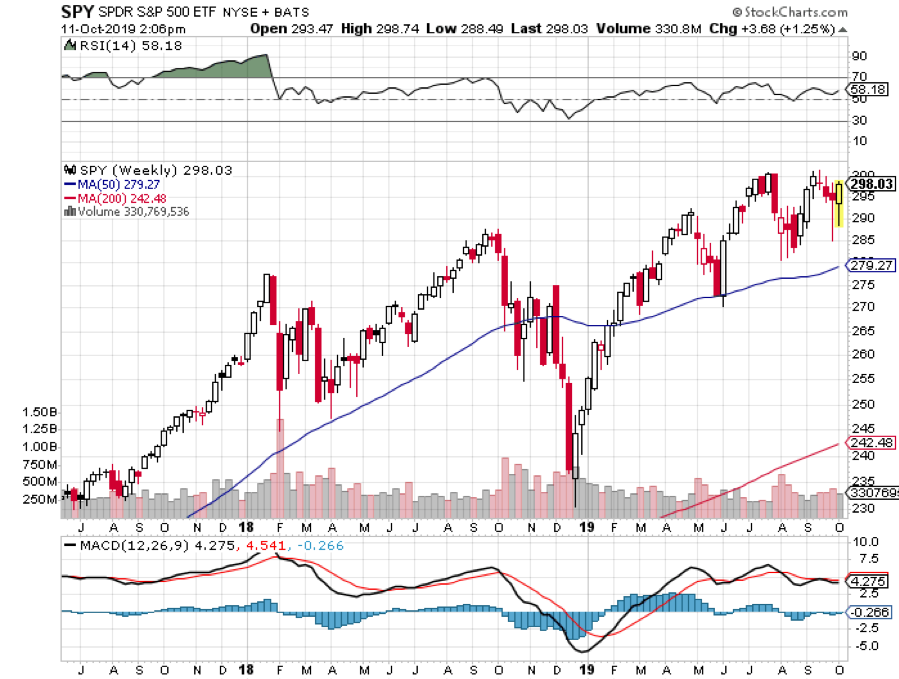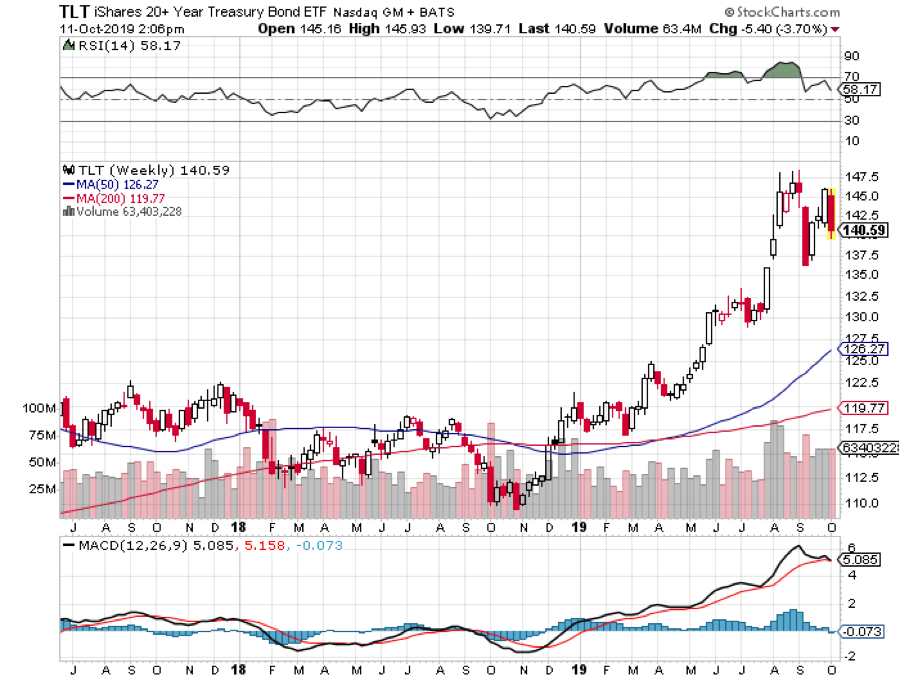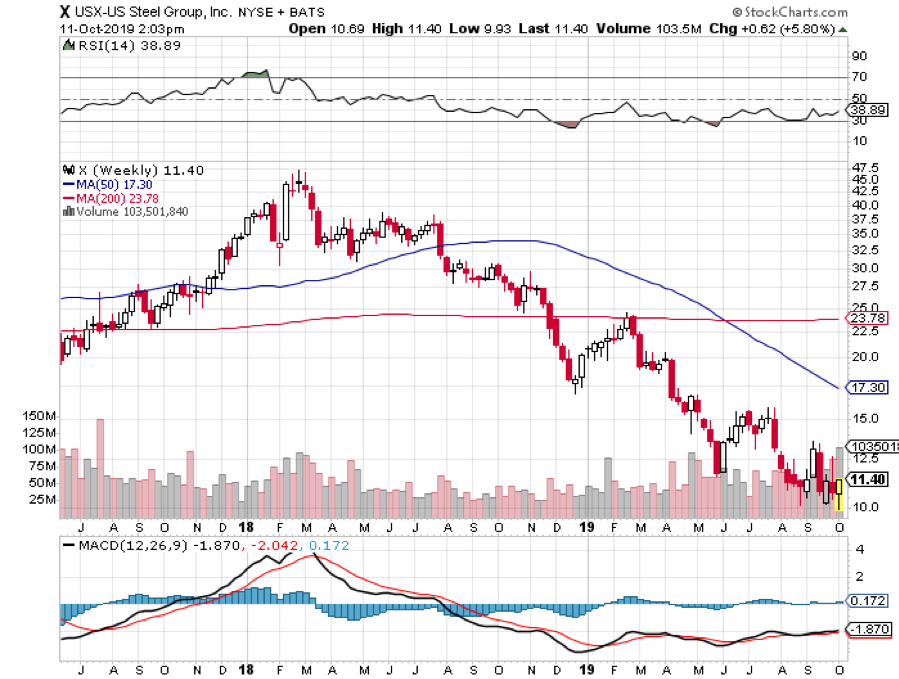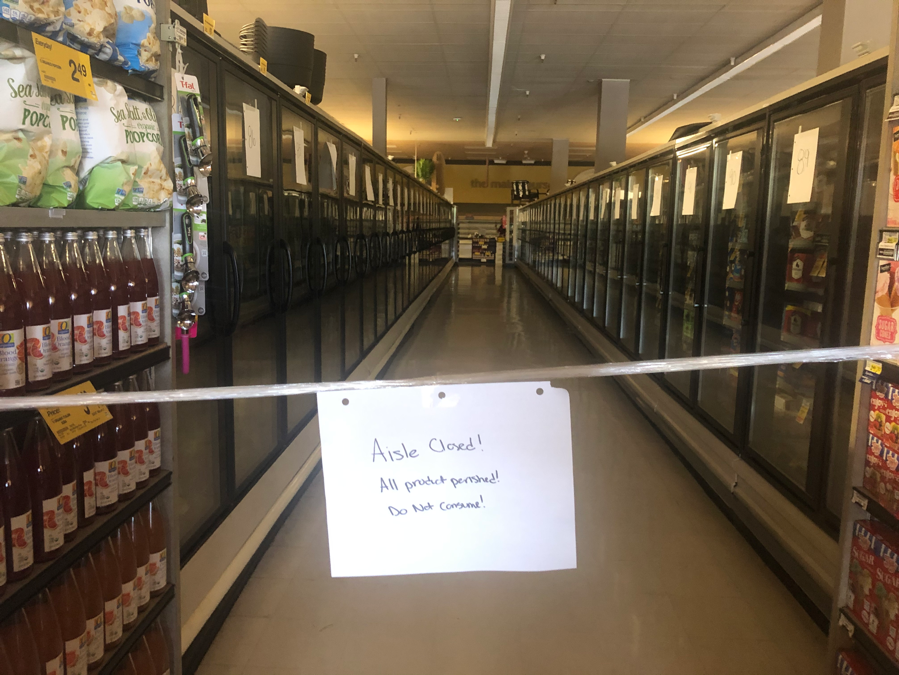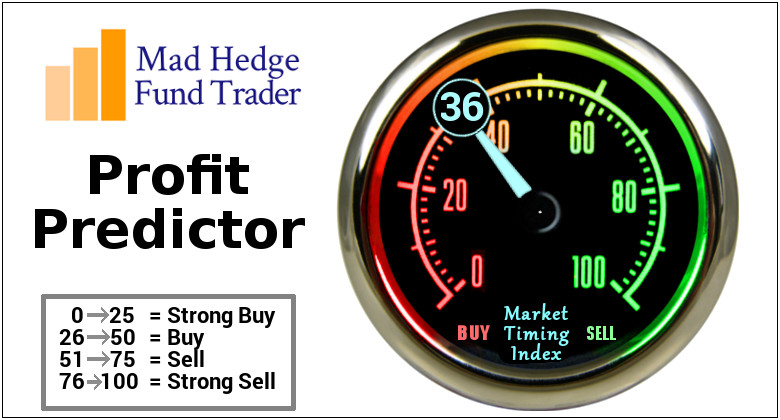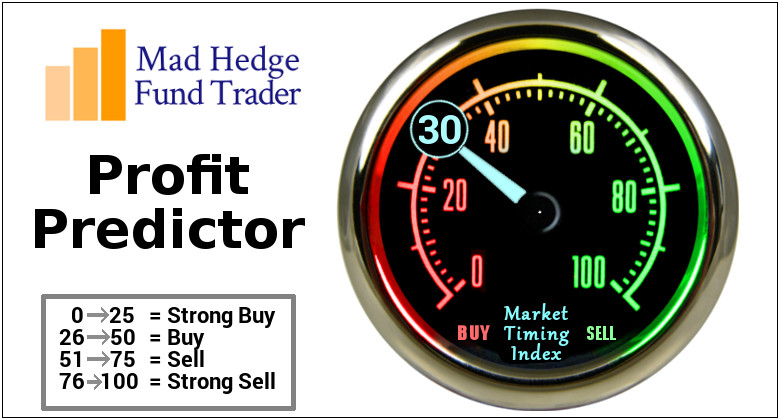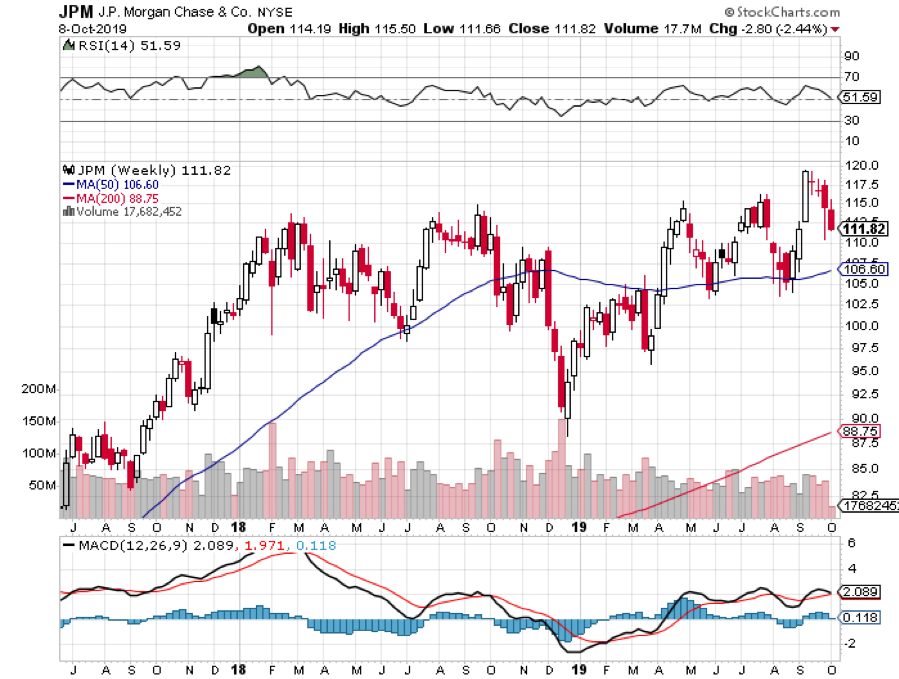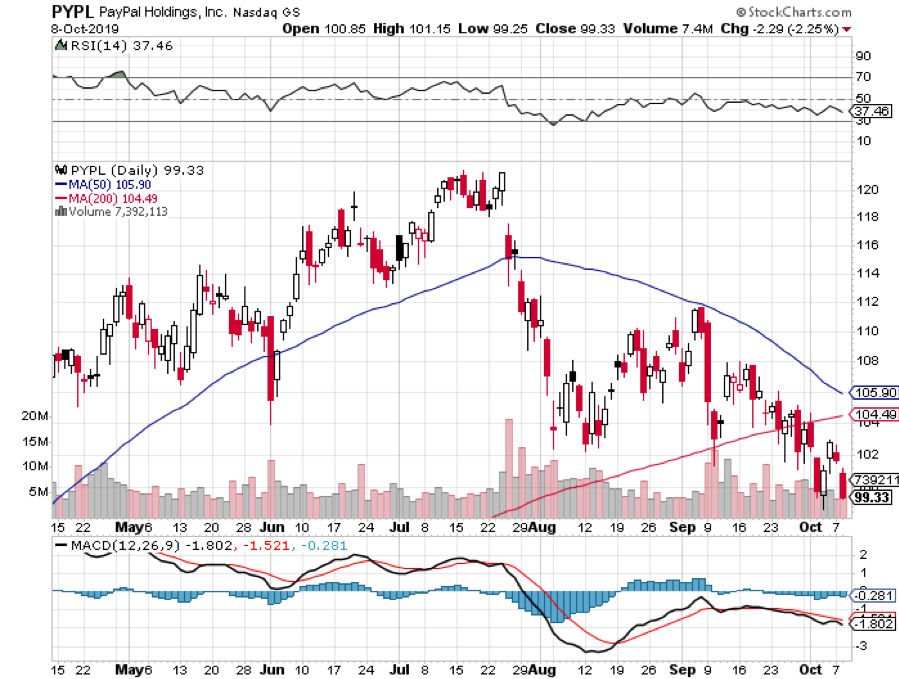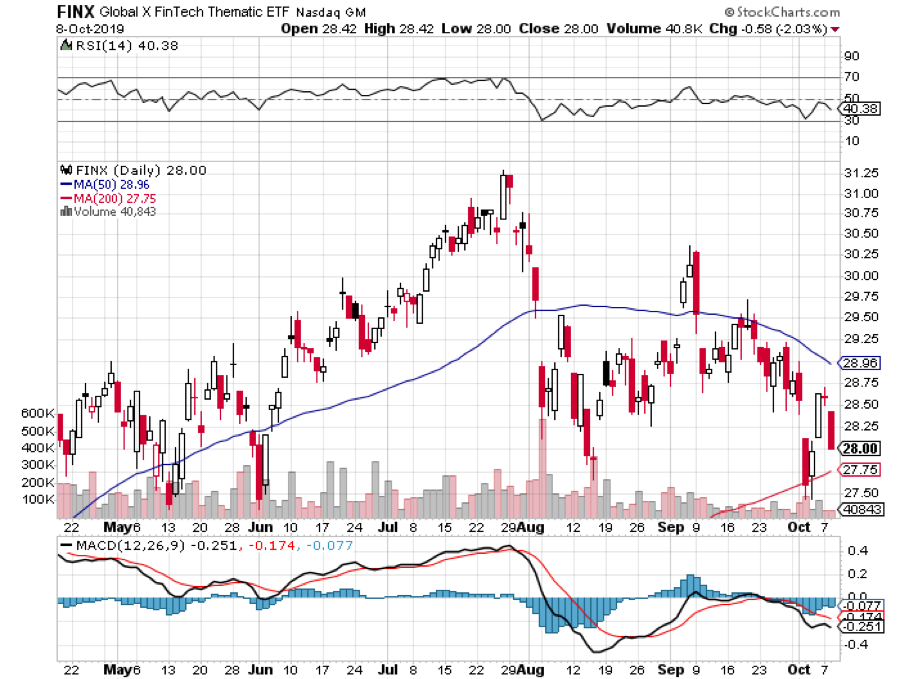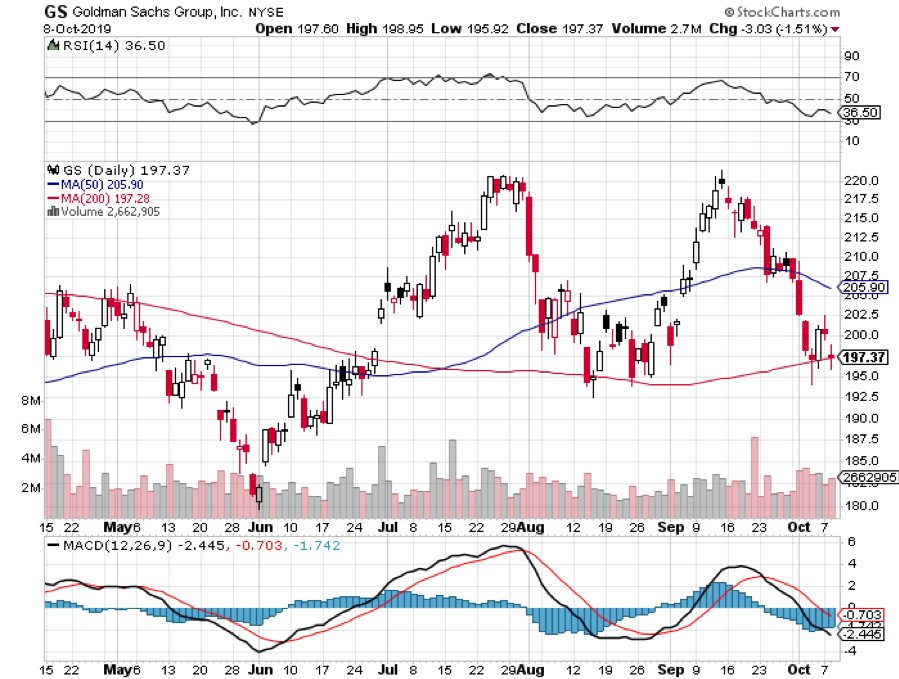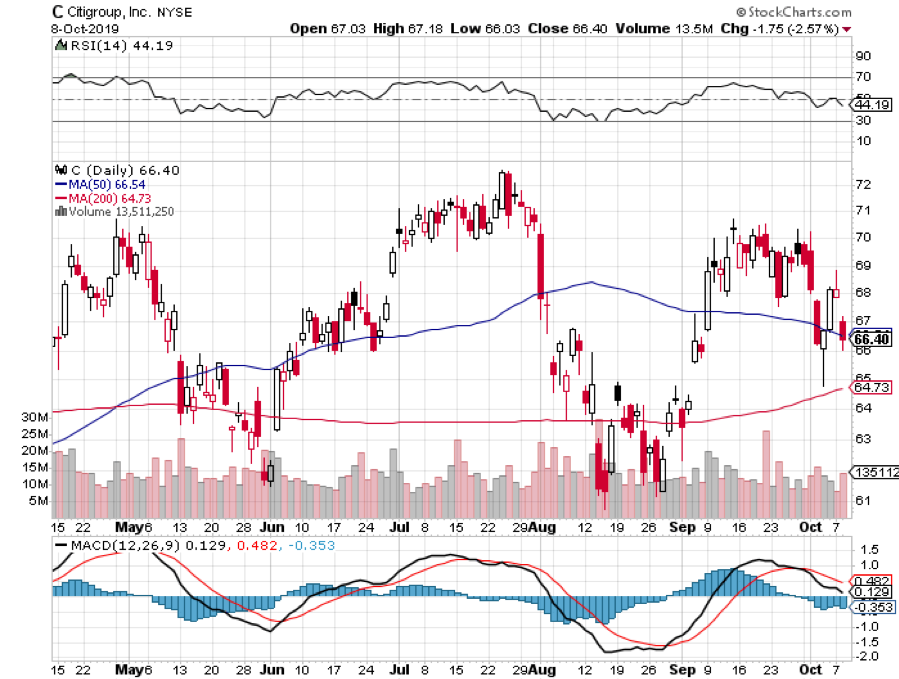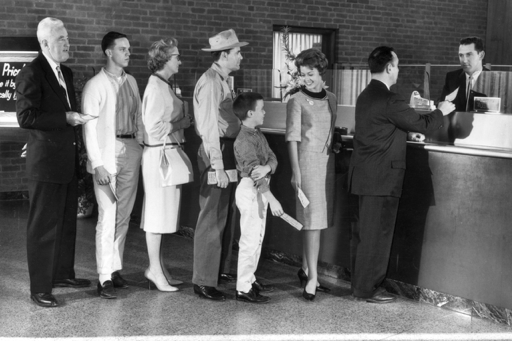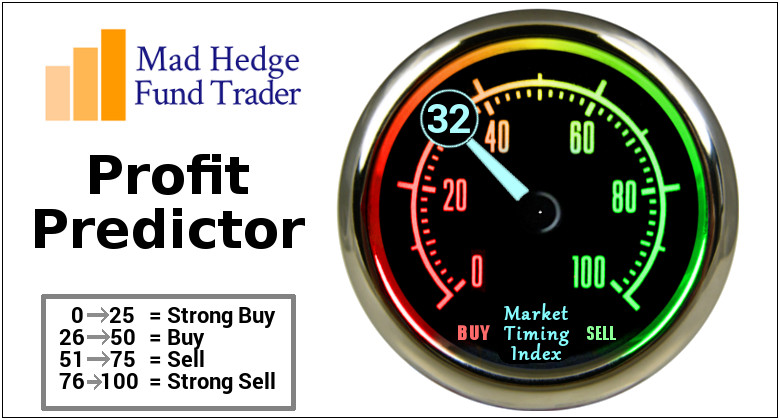With stock market volatility greatly elevated and trading volumes through the roof, there is a heightened probability that your short options position gets called away.
If it does there, is only one thing to do: fall down on your knees and thank your lucky stars. You have just made the maximum possible profit on your position.
Most of you have short options position, although you may not realize it. For when you buy an in-the-money call option spread, it contains two elements: a long call and a short call. The short call can get assigned or called away at any time.
You have to be careful here because the inexperienced can blow their newfound windfall if they take the wrong action, so here’s how to handle it.
The 5:30 AM phone call was as shrill as it was urgent.
A reader had employed one of my favorite strategies, buying the Microsoft (MSFT) November 2018 $90-$95 in-the-money vertical call spread at $4.50.
He had just received an email from his broker informing him that his short position in the (MSFT) November $95 calls was assigned and exercised against him.
He asked me what to do.
I said, “Nothing.”
For what the broker had in effect done is allow him to get out of his call spread position at the maximum profit point 20 days before the November 16 expiration date.
All he had to do was call his broker and instruct him to exercise his long position in his November $90 calls to close out his short position in the $95 calls.
Calls are a right to buy shares at a fixed price before a fixed date, and one option contract is exercisable into 100 shares.
In other words, he bought (MSFT) at $90 and sold it at $95, paid $4.50 cents for the right to do so, his profit is 50 cents, or ($0.50 X 100 shares X 22 contracts) = $1,100. Not bad for a nine-day limited risk play.
Sounds like a good trade to me.
Weird stuff like this happens in the run-up to options expirations.
A call owner may need to sell a long stock position right at the close and exercising his long November $95 calls is the only way to execute it.
Ordinary shares may not be available in the market, or maybe a limit order didn’t get done by the stock market close.
There are thousands of algorithms out there, which may arrive at some twisted logic that the puts need to be exercised.
Many require rebalancing of hedges at the close every day, which can be achieved through option exercises.
And yes, calls even get exercised by accident. There are still a few humans left in this market to blow it.
And here’s another possible outcome in this process.
Your broker will call you to notify you of an option called away, and then give you the wrong advice on what to do about it.
This generates tons of commissions for the broker, but is a terrible thing for the trader to do from a risk point of view, likely generating a loss by the time everything is closed and netted out.
Avarice could have been an explanation here, but I think stupidity, poor training, and low wages are much more likely.
Brokers have so many ways to steal money legally that they don’t need to resort to the illegal kind.
This exercise process is now fully automated at most brokers, but it never hurts to follow up with a phone call if you get an exercise notice. Mistakes do happen.
Some may also send you a link to a video of what to do about all this.
If any of you are the slightest bit worried or confused by all of this, come out of your position RIGHT NOW at a small profit! You should never be worried or confused about any position tying up YOUR money.
Professionals do these things all day long, and exercises become second nature, just another cost of doing business.
If you do this long enough, eventually you get hit. I bet you don’t.



